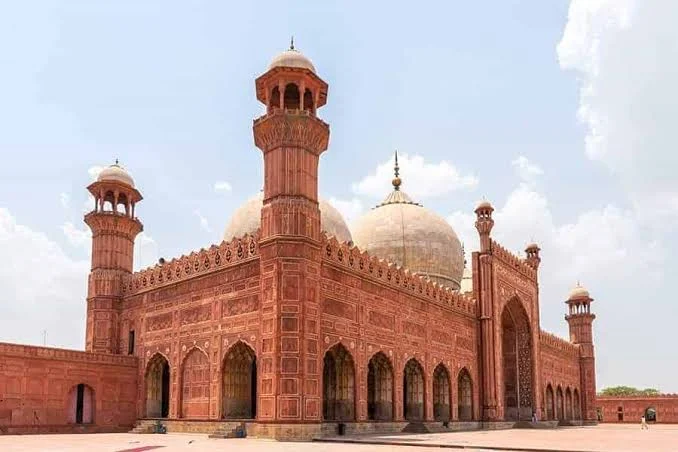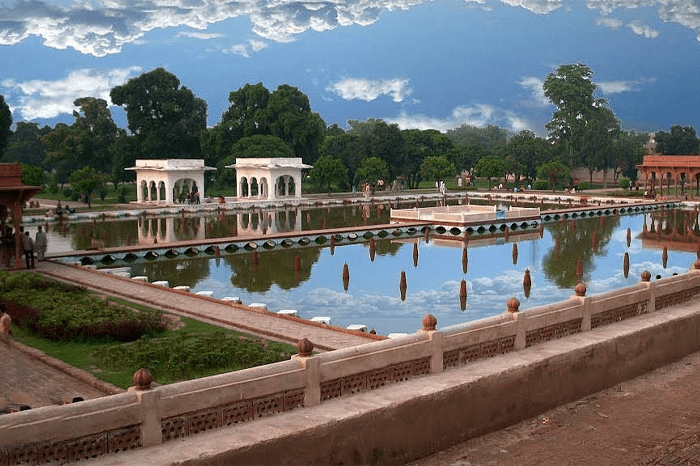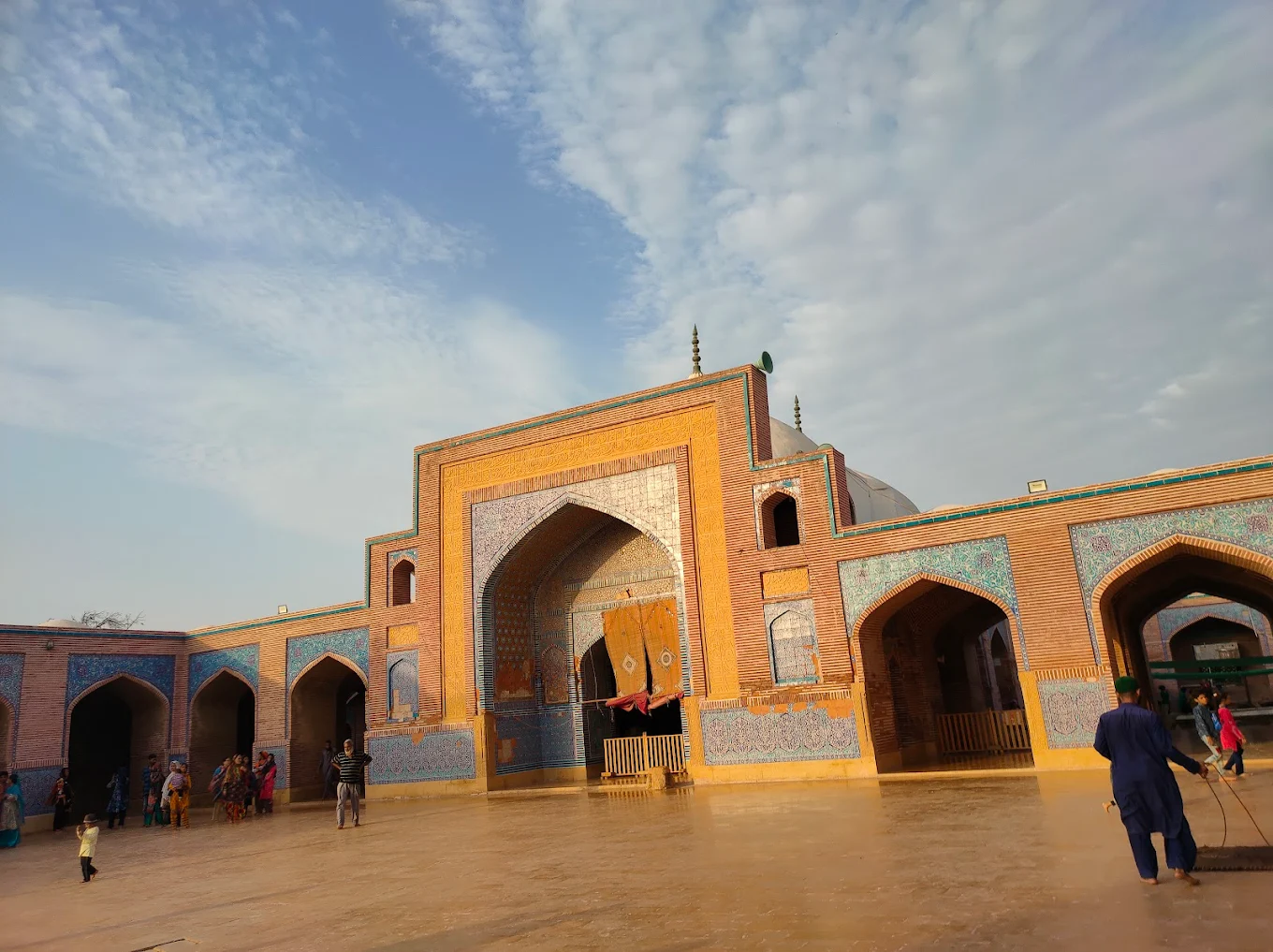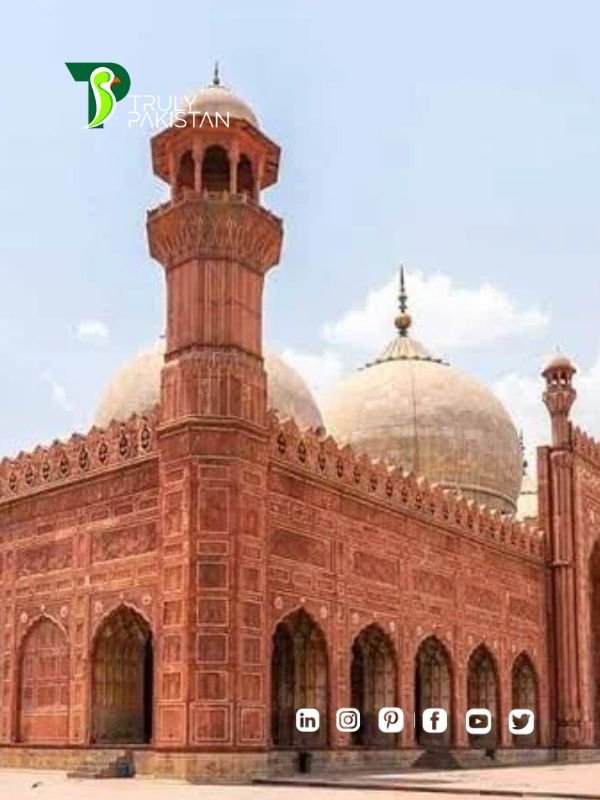Exploring Mughal Architecture in Pakistan: Heritage, Styles, and Monuments
Mughal architecture in Pakistan represents one of the richest and most visually stunning legacies of South Asian history. As someone who has spent years studying and personally exploring these timeless structures, I can say with confidence: Pakistan is home to some of the most iconic and best-preserved examples of Mughal architecture anywhere in the world.
From the majestic Badshahi Mosque to the intricate tilework of the Shah Jahan Mosque in Thatta, this blog will take you on a complete journey — through history, design, cultural symbolism, and current preservation efforts. If you’ve ever wondered what defines Mughal architecture, where to experience it in Pakistan, and why it matters — this is the only guide you’ll need.
Introduction to Mughal Architecture
The Mughal Empire, which ruled much of South Asia from the early 16th to the 18th century, introduced a new architectural language that blended Islamic, Persian, Turkish, and Indian design elements. Under emperors like Akbar, Jahangir, Shah Jahan, and Aurangzeb, this style evolved from military fortifications and palaces to monumental mosques, gardens, and mausoleums.
Today, many of the empire’s finest architectural achievements lie within the borders of modern-day Pakistan — not just as historical landmarks, but as living symbols of our cultural identity. Cities like Lahore, Thatta, and Sheikhupura house structures that reflect imperial power, spiritual devotion, artistic mastery, and mathematical precision.
Defining Features of Mughal Architecture
What makes Mughal architecture so distinctive — and so enduring — is its fusion of form, function, and symbolism. These buildings were not just designed to impress but to express power, beauty, and religious harmony.
- Symmetry & Axial Planning: Most Mughal buildings are constructed around central axes — creating perfectly balanced layouts. The geometry is deliberate, rooted in Islamic ideals of order and harmony.
- Key Elements: You’ll see recurring features like large bulbous domes, slender minarets, cusped arches, and expansive courtyards. Each element serves an aesthetic and symbolic purpose.
- Material Palette: Red sandstone and white marble dominate the visual language. In Pakistan, you’ll also find extensive use of brickwork, lime plaster, glazed tiles, and intricate inlay patterns.
- Ornamentation: Frescoes, calligraphy, pietra dura (stone inlay), geometric mosaics, and floral carvings were all employed — often customized to reflect the emperor’s religious and political messages.
This unique blend made Mughal architecture one of the most advanced and culturally significant design systems of its time — and it remains a foundational part of Pakistan’s heritage today.
Iconic Mughal Monuments in Pakistan
Lahore Fort
![]()
![]()
Few sites capture the scale and complexity of Mughal imperial power like Lahore Fort (Shahi Qila). Originally built by Akbar and expanded by successive emperors, the fort is a layered architectural narrative.
- Highlights: Sheesh Mahal (Palace of Mirrors), Diwan-e-Khas (Hall of Private Audience), Alamgiri Gate
- Design Details: Marble screens, mirror work, floral frescoes, geometric tiling — all within a fortified complex that served military and ceremonial purposes.
The fort isn’t just a monument — it’s a royal city within a city, now recognized as a UNESCO World Heritage Site and a cornerstone of Lahore’s identity.
Badshahi Mosque


Commissioned in 1671 by Emperor Aurangzeb, the Badshahi Mosque is not just a place of worship — it is a statement of imperial might and spiritual devotion. Located directly opposite the Lahore Fort, it remains one of the largest mosques in the world and one of the most iconic representations of Mughal architecture in Pakistan.
- Architectural Scale: The courtyard can accommodate over 100,000 worshippers. The massive red sandstone façade, inlaid with white marble, creates a bold contrast that reflects both simplicity and majesty.
- Design Elements: Four octagonal minarets, three domes, and grand entrance gateways emphasize symmetry and verticality.
- Ornamentation: Intricate frescoes, marble inlay, Arabic calligraphy, and floral motifs cover the walls and ceilings — combining artistic elegance with religious reverence.
Fun fact: Despite its massive scale, the mosque was constructed in just two years — an architectural feat that still amazes scholars and engineers.
Shalimar Gardens


If the Badshahi Mosque expresses the spiritual and political side of Mughal architecture, the Shalimar Gardens reflect the aesthetic and philosophical. Built by Shah Jahan in 1641, the gardens embody the Persian concept of Charbagh — a quadrilateral layout based on the four gardens of Paradise mentioned in the Quran.
- Layout: The garden is divided into three descending terraces — each named to reflect increasing levels of access: Farah Baksh (Bestower of Pleasure), Faiz Baksh (Bestower of Goodness), and Hayat Baksh (Bestower of Life).
- Water Architecture: 400+ fountains powered by a gravity-fed system were installed, creating a sense of serenity and engineering brilliance.
- Symbolism: The flow of water, symmetry of flora, and layout of pathways represent a metaphorical journey toward spiritual balance.
The Shalimar Gardens are not just ornamental spaces — they are meditative environments where art, nature, and religion converge in perfect harmony.
Shah Jahan Mosque, Thatta


Moving beyond Lahore, one of the most unique examples of Mughal architecture in Pakistan lies in Sindh: the Shah Jahan Mosque in Thatta. Built in 1647 as a gift from Emperor Shah Jahan to the people of Sindh, this mosque is vastly different in appearance from its northern counterparts.
- Design: Unlike the marble and sandstone-heavy constructions in Punjab, this mosque features glazed blue and white tile work influenced by Central Asian and Persian aesthetics.
- Structure: It contains 93 domes and no minarets — a rare feature. Its acoustic system allows a whisper near the central dome to be heard clearly across the prayer hall.
- Artistry: The interiors are covered with geometric tile patterns, floral motifs, and Quranic inscriptions — all in vibrant turquoise and cobalt hues.
The Shah Jahan Mosque shows how regional identity influenced Mughal style, making it a brilliant example of fusion architecture within the empire’s broader design language.
Lesser-Known Mughal Sites Worth Visiting
- Hiran Minar (Sheikhupura): Built by Emperor Jahangir in memory of his pet antelope, this tower and water tank complex reflect the personal and whimsical side of Mughal design.
- Tomb of Jahangir: Located in Shahdara Bagh, Lahore, this mausoleum features pietra dura inlay, four gardens, and delicate frescoes.
- Tombs of Nur Jahan and Asif Khan: These lesser-visited monuments carry immense historical significance and display continued refinement in Mughal funerary architecture.
Exploring these sites gives you a fuller understanding of the breadth of Mughal architectural achievement in Pakistan — beyond just the royal capital of Lahore.
Ornamentation and Artistic Details
One of the most defining and mesmerizing aspects of Mughal architecture in Pakistan is its intricate ornamentation. These details were not just decorative — they carried deep religious, philosophical, and cultural meaning, turning buildings into visual narratives.
- Frescoes: Found extensively in Lahore Fort and tomb complexes, Mughal frescoes used natural pigments to depict floral, geometric, and sometimes poetic scenes.
- Stucco and Carvings: Especially prominent in domes and ceilings, stucco designs added three-dimensional depth to otherwise plain surfaces — blending light and shadow artfully.
- Calligraphy: Quranic verses, names of Allah, and poetic inscriptions in Nastaliq and Kufic scripts adorned entryways, arches, and mihrabs — especially in Badshahi Mosque and Shah Jahan Mosque.
- Tile Work: The tile mosaic tradition reached its peak in Thatta, where locally made tiles in cobalt, turquoise, and ochre formed hypnotic geometric and floral patterns.
- Pietra Dura: Although more common in Indian Mughal monuments like the Taj Mahal, subtle stone inlay techniques are visible in the Tomb of Jahangir and Lahore Fort.
Each artistic detail served a purpose — to inspire, to reflect the divine, and to display imperial patronage. These were not just buildings, they were spiritual and political statements cast in stone and pigment.
Comparison with Mughal Architecture in India
While the core elements of Mughal architecture are shared across the Indian subcontinent, there are several key differences between the structures found in Pakistan and those in present-day India:


In short, Mughal architecture in Pakistan emphasizes durability, spirituality, and cultural blending. While India boasts opulent royal mausoleums like the Taj Mahal, Pakistan is home to more practical and spiritual structures — mosques, gardens, and forts — many of which still serve their original purpose today.
Conservation and Preservation Efforts
While Pakistan is blessed with a rich Mughal architectural heritage, preserving these monuments in the modern era is an ongoing challenge. Many of these structures face threats from urbanization, environmental pollution, lack of awareness, and insufficient funding.
- Government Initiatives: The Department of Archaeology & Museums, Punjab’s Walled City of Lahore Authority (WCLA), and Sindh Culture Department have led major restoration projects, including work on Lahore Fort, Shalimar Gardens, and the Tomb of Jahangir.
- UNESCO Recognition: Sites like the Lahore Fort and Shalimar Gardens are designated as UNESCO World Heritage Sites, which has helped attract global conservation support and awareness.
- Community Engagement: New initiatives emphasize involving local communities, students, and volunteers in preservation and tourism awareness campaigns.
- Digital Preservation: Organizations like the Aga Khan Trust for Culture and academic institutions have started digital documentation and 3D mapping of vulnerable Mughal sites for research and archiving purposes.
Despite these efforts, many lesser-known monuments remain neglected. They suffer from structural damage, encroachment, illegal construction nearby, and environmental decay. Long-term preservation will require not just official policies, but collective responsibility from citizens, educators, and the tourism industry alike.
Conclusion
Mughal architecture in Pakistan is not just a visual spectacle — it is a living record of centuries of culture, innovation, faith, and artistry. These structures, whether grand mosques or silent tombs, tell the story of a civilization that once defined power and beauty across South Asia.
As someone who has studied and visited these sites extensively, I believe that appreciating Mughal architecture is not just about admiring domes and minarets. It’s about understanding what they represent: balance, devotion, cultural unity, and timeless design principles.
Let’s commit to preserving this legacy — by learning about it, teaching it, visiting respectfully, and advocating for its protection. These monuments deserve not only to survive but to be celebrated by generations to come.
For more insights on Pakistan’s cultural landmarks, explore our destination guides or get in touch to share your own travel stories and preservation ideas.
References
Historic Architecture & Monuments
-
Shah Jahan Mosque, Thatta – Built between 1644–1647, with 93 domes, elaborate Timurid-style tile work and geometric brick craftsmanship. Wikipedia+2Wikipedia+2
-
Shalimar Gardens (Lahore) – A Mughal-era Persian-style “Charbagh” paradise garden, completed in 1642 and designated a UNESCO World Heritage Site in 1981. Wikipedia+3Wikipedia+3Wikipedia+3
-
Lahore Fort – Fortified in 1566 (Akbar), expanded with Shah Jahan’s marble additions and Aurangzeb’s Alamgiri Gate; inscribed as UNESCO heritage in 1981. Taylor & Francis Online+15Wikipedia+15Wikipedia+15
-
Badshahi Mosque (Lahore) – Built by Aurangzeb between 1671–1673, it’s a Mughal masterpiece of red sandstone with marble inlay, and possibly Pakistan’s most iconic mosque. Wikipedia
Architectural Features & Style
-
Architecture of Pakistan (via Embassy) – Notes key Mughal features like symmetry, domes, minarets, ornate gateways, gardens, and monuments like Lahore Fort and Shalimar Gardens. Wikipedia+11pakistanembassy.dk+11trulypakistan.net+11
-
General Mughal Style (Wikipedia) – Establishes stylistic origins, Persian/Timurid influences, and confirms Thatta mosque’s elaborate tile work. Wikipedia+2Wikipedia+2
Conservation & Restoration
-
Shah Burj Gate Restoration (Aga Khan Trust) – Completed in March 2020, part of larger conservation within Lahore Fort, restoring tile mosaics and muqarnas. Wikipedia+4Archnet+4The Art Newspaper+4
-
WCLA & AKTC Renovation Efforts – The Walled City Authority and Aga Khan Cultural Service finished restoring the Mughal-era Arzgah near the Picture Wall in Lahore Fort by September 2024. Aga Khan Development Network+2Archnet+2
-
US Support for Lahore Fort Projects – International efforts to restore Picture Wall, Sheesh Mahal, Athdara pavilion, and other heritage sites underway through WCLA and Aga Khan Trust. Forbes+9The Art Newspaper+9Aga Khan Development Network+9
Published: August 7, 2025
Author: ZunNurain Khalid


2 thoughts on “Exploring Mughal Architecture in Pakistan: Heritage, Styles, and Monuments”